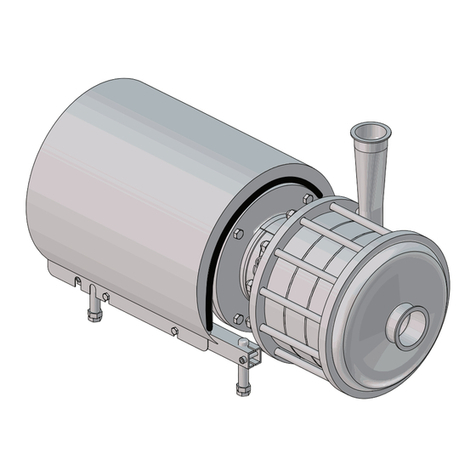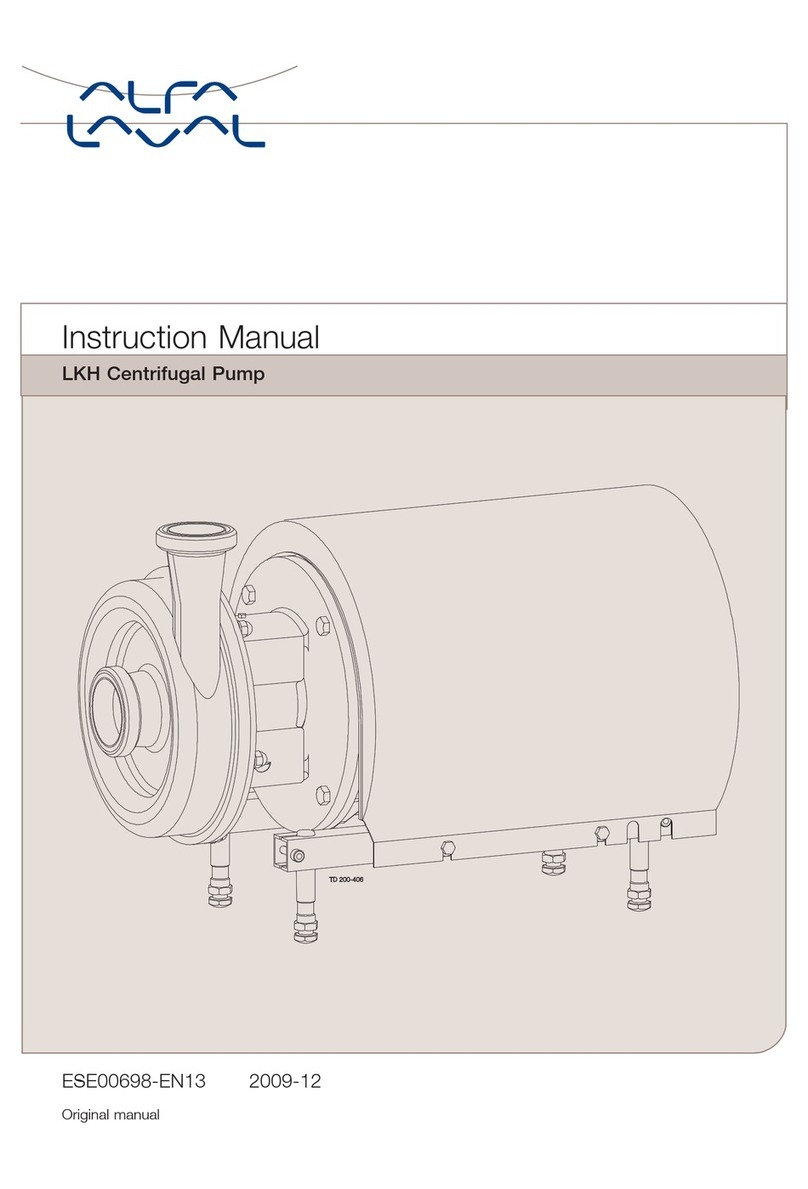
Table of contents
The information herein is correct at the time of issue but may be subject to change without prior notice
1. EC Declaration of conformity ....................................................................... 5
2. Safety .................................................................................................... 6
2.1. Generel information ............................................................................... 6
2.2. Target groups ..................................................................................... 6
2.3. Symbols ........................................................................................... 6
2.4. Danger levels ...................................................................................... 6
2.5. Proper use ......................................................................................... 7
2.6. Safety information ................................................................................ 7
3. Installation .............................................................................................. 8
3.1. Unpacking and checking the state of delivery ................................................. 8
3.2. Lifting the pump/pump unit ...................................................................... 8
3.3. Storage ............................................................................................ 9
3.4. Preservation ....................................................................................... 9
3.5. Disposing of the pump ........................................................................... 11
3.6. Installation ......................................................................................... 12
3.7. Connecting the motor ............................................................................ 13
3.8. Removing the pump .............................................................................. 13
3.9. Heating system ................................................................................... 14
3.10.Electric heating system ........................................................................... 14
3.11.Fluid heating system .............................................................................. 16
3.12.Heating system special design .................................................................. 17
4. Operation ............................................................................................... 18
4.1. Commissioning .................................................................................... 18
4.2. During operation .................................................................................. 21
4.3. Taking the pump out of operation ............................................................... 22
4.4. Recommissioning the pump ..................................................................... 23
5. Maintenance ........................................................................................... 24
5.1. Safety instructions ................................................................................ 24
5.2. Required maintenance ........................................................................... 24
5.3. Replacing the magnetic coupling ............................................................... 25
5.4. Installing the magnetic coupling ................................................................. 27
5.5. Replacing the ball bearing and screw set ...................................................... 29
5.6. Possible faults ..................................................................................... 31
5.7. Troubleshooting ................................................................................... 31
6. Technical data ......................................................................................... 33
6.1. Type code ......................................................................................... 33
6.2. Name plate ........................................................................................ 34
6.3. Operating limits ................................................................................... 34
6.4. Sound pressure level ............................................................................. 34
6.5. Required NPSH values ........................................................................... 35
6.6. Weights ............................................................................................ 36
6.7. Structure ........................................................................................... 39
6.8. Housing variants .................................................................................. 40
6.9. Magnetic coupling ................................................................................ 41
6.10.Overflow valve ..................................................................................... 41
6.11.Tightening torques ................................................................................ 42
3






























